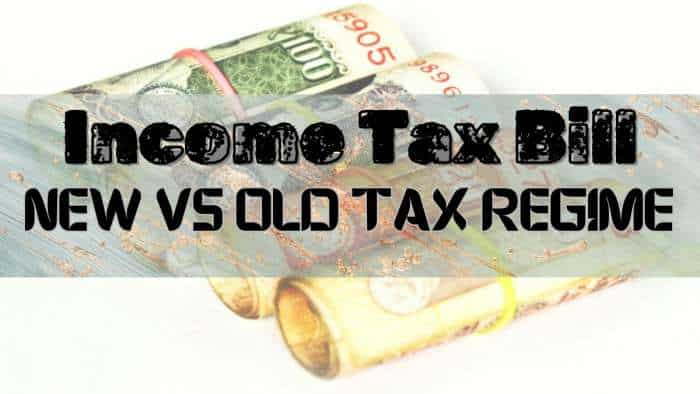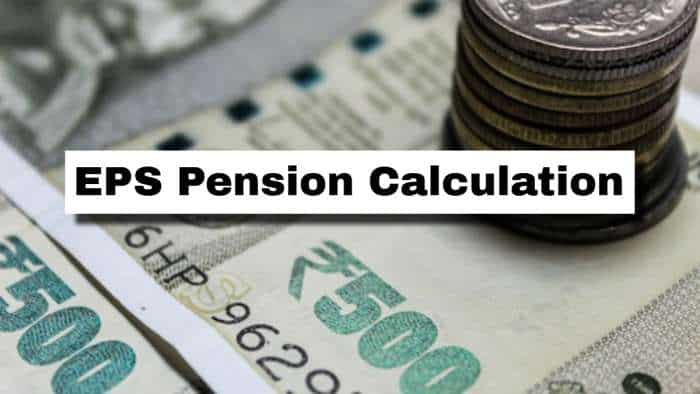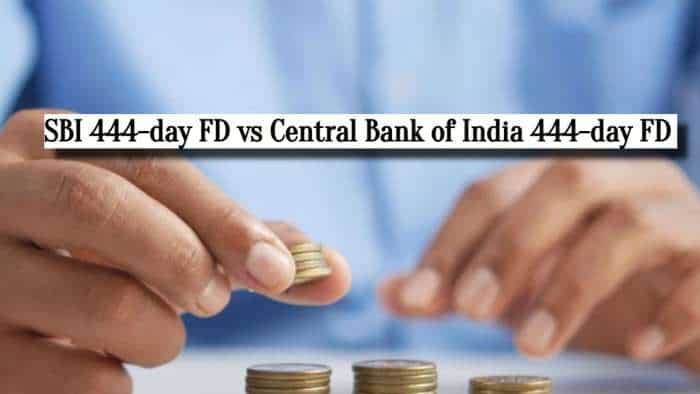Employee Provident Fund regulations revised: Here's how they help you
The Employee Provident Fund (EPF) has undergone several changes recently. From increasing the equity investment, to allowing employees to withdraw the entire corpus in case of a job loss and a likely lower contribution by employer and employee.

The Employee Provident Fund (EPF) has undergone several changes recently. From increasing the equity investment, to allowing employees to withdraw the entire corpus in case of a job loss and a likely lower contribution by employer and employee. These changes offer flexibility for subscribers with regard to withdrawal and a potential for the fund to earn higher returns. But it could also mean higher variation in the fund performance. We take a look at these changes and how they will impact you.
There is a proposal to lower the contribution to the EPF so as to leave more money in hands of employee. What will be the implication of this?
EPF is a product designated for creating a corpus for retirement. It is in place from year 1956. But it caters to the organised sector only. The unorganised sector is much bigger than organised sector and is largely not sensitised about retirement planning. The EPF enjoys generous tax breaks, a safe haven status, as well as, is bounded by regulations, but the real reason it exists - that it is a retirement product is a secondary knowledge.
There is a greater need of emphasising the requirement of retirement planning, which will require realistic retirement goal setting. It is far more important for the EPFO to focus on defining the actual need for retirement kitty, rather than focusing on populist measure of lower contribution.
How much is the EPFO currently investing in stocks? How much more have they been allowed to invest?
Currently, the Government permits a maximum 15% of contribution to be invested in equity. The government is considering increasing the 15% ceiling limit (set in 2015). However, though the limit may increase, it is for the Trustees who will decide whether they would actually use this limit or not. So far, the overall investment was routed through Nifty/Sensex based Exchange Traded Funds.
Is the EPF riskier now?
Investing in equities is riskier than investing in sovereign debt. The risk is mitigated to an extent only with diversification, research and tenure of investment. The combination of these three issues can offer superior risk adjusted return.
Will EPF returns vary as much as mutual funds?
The EPFO return was always varying. The Trustees used to declare return based on investment performance at the completion of each year. However, with incremental investment in equity, the gyration will be more in future.
How are subscribers informed about the returns?
The Central Board of Trustees approved a policy to credit units linked directly to exchange-traded funds into members accounts. The invested corpus may thus get bifurcated into debt and equity portion. The equity portion may be reported based on NAV. But this is not a ground reality.
Can a subscriber refuse to have any equity investment?
As of now the subscriber can’t dictate where his fund should go. It is up to the Trustee’s to decide based on government guidelines. The model is more of a ‘one size fit all’ model.
Will same investment rules apply if a private trust is managing the provident fund?
As per law, the exempted trust should follow the same investment pattern as dictated by the government. However, the investment may not be only restricted to ETFs in their case.
Since subscribers can withdraw their entire fund in case of job loss, what will be the impact on retirement savings?
PF will now be regarded as a Sabbatical Fund than a Retirement Fund. The more successful retirement funding models like the US 401K is successful because they made it optional for subscribers, but the design and incentive is such that once there is a buy-in, the subscriber is bound for life. We need to appreciate that in India, we do not have a Social Security model and people will be at large when the income stops.
By, Malhar Majumder
(The writer is partner and consultant, at Positive Vibes Consulting & Advisory)
Get Latest Business News, Stock Market Updates and Videos; Check your tax outgo through Income Tax Calculator and save money through our Personal Finance coverage. Check Business Breaking News Live on Zee Business Twitter and Facebook. Subscribe on YouTube.
RECOMMENDED STORIES

Post Office Guaranteed Return Schemes: PPF, SCSS, NSC, and 5 other financial schemes that provide up to 8.2% interest rate

SBI Home Loan EMI Calculations: Know how much you can save monthly on Rs 20 lakh-Rs 1 crore loans after 25 bps rate cut

Power of Compounding: How long it will take to build Rs 8 crore corpus with Rs 7,000, Rs 11,000 and Rs 16,000 monthly investments

Monthly Salary Calculations: Is your basic salary Rs 24,500, Rs 53,000, or Rs 81,100? Know how much total salary central government employees may get

Income Tax Calculations: What will be your tax liability if your salary is Rs 8 lakh, Rs 14 lakh, Rs 20 lakh, and Rs 26 lakh?

Top 7 Large and Mid Cap Mutual With Best Returns in 5 Years: Rs 1.5 lakh one-time investment in No. 1 scheme has sprung to Rs 4.46 lakh

EPS Pension Calculation: Estimate your monthly pension with Rs 35,000 salary, 25 years of service & age 33

Retirement Planning: How one-time investment of Rs 10,00,000 can create Rs 3,00,00,000 retirement corpus

SBI 444-day FD vs Central Bank of India 444-day FD: Which can provide higher maturity on Rs 5,00,000, Rs 7,00,000 & Rs 10,00,000 deposits?
02:23 PM IST








 EPFO settles record 5-crore claims worth over Rs 2 lakh crore in FY25
EPFO settles record 5-crore claims worth over Rs 2 lakh crore in FY25 Now EPFO members can change personal details, transfer EPF online without employers intervention
Now EPFO members can change personal details, transfer EPF online without employers intervention EPFO rolls out centralised pension system in all regional offices; 68 lakh pensioners to benefit
EPFO rolls out centralised pension system in all regional offices; 68 lakh pensioners to benefit EPFO, ESIC subscribers may soon use claim amounts via e-wallets: Labour Secretary
EPFO, ESIC subscribers may soon use claim amounts via e-wallets: Labour Secretary EPFO extends deadline for employers to upload pending pension applications until January 31, 2025
EPFO extends deadline for employers to upload pending pension applications until January 31, 2025